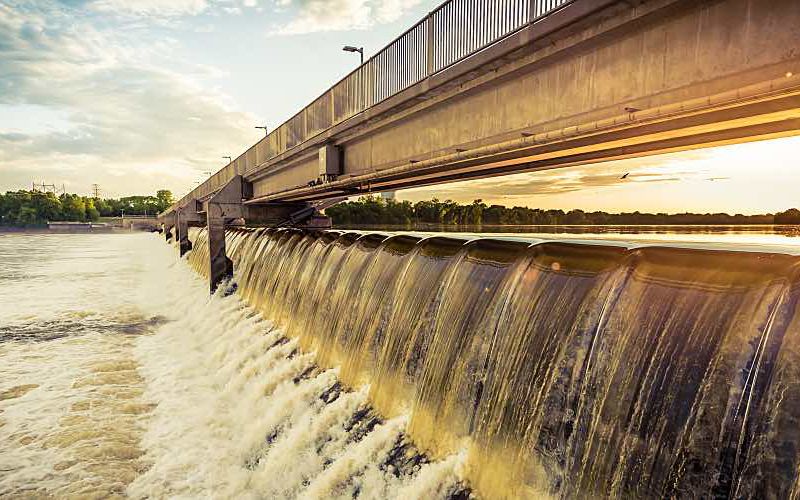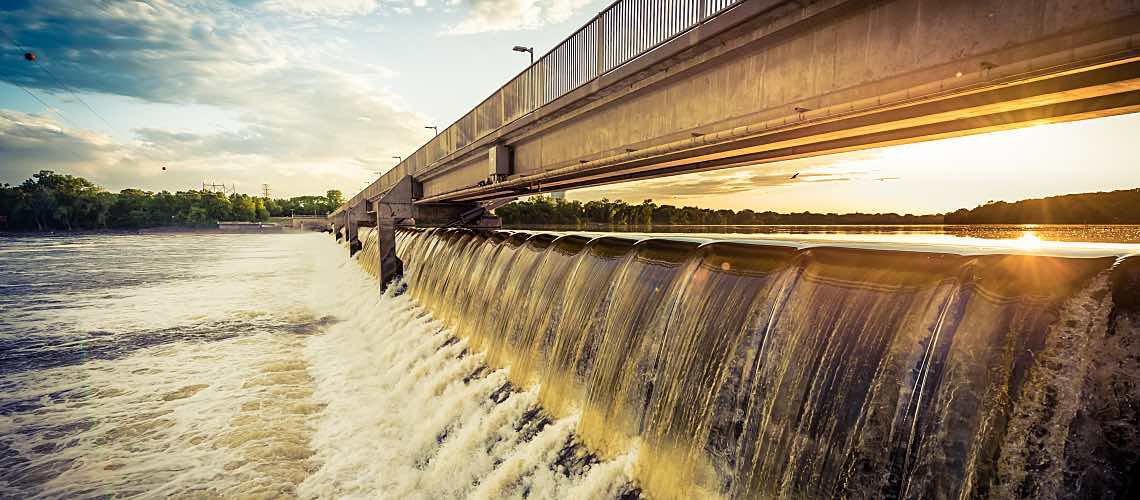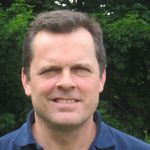4 Funding Opportunities Open to Public Water Labs


Water testing labs and treatment facilities need to be consistently at or near peak operating levels in order to stay afloat. Necessary maintenance or upgrade projects can throw a wrench in already tight funding budgets, though, making them a constant concern for lab managers.
Fortunately, public lab managers, in particular, have access to an array of state and federal programs through which they can find critical financial support. The trick is knowing how to find those programs, determine your lab's eligibility, and follow the steps to successfully apply.
Here are some funding opportunities your water lab may want to consider, as well as how to utilize them for your lab's projects.
1. Clean Water State Revolving Fund
Perhaps the broadest selection of funds available for clean water efforts comes from the Environmental Protection Agency's (EPA) Clean Water State Revolving Fund (CWSRF). Established in 1987 under amendments to the federal Clean Water Act, the program allows each state to flexibly fund projects based on their most pressing water quality needs.
Some of the projects eligible for CWSRF funding include:
- Construction of publicly owned treatment facilities.
- Funding for the construction, repair, or replacement of decentralized wastewater treatment systems.
- Assistance to any municipality or intermunicipal, interstate, or state agency seeking measures to reduce a publicly owned treatment facility's energy consumption or implement water conservation systems.
- Assistance to any public, private, or nonprofit entity seeking to implement a state nonpoint source pollution management program.
Financial assistance from CWSRF can come in the form of loans, debt refinancing, or guarantees and insurance dedicated to improving credit market access or reduced interest rates. You can begin the application process by contacting your state's dedicated CWSRF contact.
2. Drinking Water State Revolving Fund
A similar funding opportunity, which is perhaps more immediately applicable to the needs of water lab managers, is the Drinking Water State Revolving Fund (DWSRF). Established by the 1996 amendments to the federal Safe Drinking Water Act, this program allows the EPA to maintain a rotating pool of grant funds that can be used across the country for projects such as:
- Improving drinking water treatment facilities.
- Upgrading water storage and distribution infrastructure.
- Initiatives aimed at protecting public health.
While the EPA maintains the overall funds, states can select and manage the projects in their respective DWSRF programs. Reach out to your local contact for more information. Funding requests are given a rank according to their priority of need, and states have the ability to customize the loan type and term, depending on the size of the project and the grantee's ability to pay back the loan.
3. USDA SEARCH Program
To ensure that all communities have access to safe drinking water, the U.S. Department of Agriculture (USDA) Office of Rural Development provides financial support to rural and under-resourced communities under its SEARCH program, which stands for Special Evaluation Assistance for Rural Communities and Households. These funds are intended for use toward predevelopment feasibility studies, as well as design and technical assistance on water and waste disposal projects.
Rural communities with a population of 2,500 or less, where the median income is below the poverty line or less than 80% of the statewide nonmetropolitan median household income, may qualify for funds through the SEARCH program. Applications are handled by the USDA state offices.
4. CDC Safe WATCH
Lab managers will also find grant programs supported by the Centers for Disease Control and Prevention (CDC). In particular, the Safe Water for Community Health (Safe WATCH) program works closely with state and local health departments to test drinking water from private systems, such as household wells or storage tanks.
The CDC outlines a detailed process through which communities and private water systems can determine the condition and needs of their water systems, which includes:
- Consulting the CDC's Environmental Public Health Performance Standards that "describe the optimal performance and capacity for environmental public health systems and programs."
- Completing a standards assessment to identify program gaps and strengths.
- Identifying the actions necessary to close the gaps determined by the assessment.
- Adapting water programs based on the results of the assessments, which can include increasing and updating communication about drinking water quality, water systems, and health data distributed to the public and policymakers.
The CDC reports that former Safe WATCH grantees have used these funds successfully to promote well water testing in their communities, distribute thousands of free well testing kits, present insightful sessions at conferences, and develop educational materials about drinking water contamination.
Finding the Right Program for Your Lab
Since water systems come in many shapes and sizes, all with unique needs, it's not surprising that there's such an array of public programs designed to support them at the federal, state, and local levels. Consequently, lab managers need to be methodical in their approach, as applying for these funds takes up valuable time, and not every program will be applicable to your needs and systems.
By doing your research ahead of time — and seeking advice and guidance from state offices along the way — you'll be expertly prepared to secure the funding your lab needs for your next big project.






